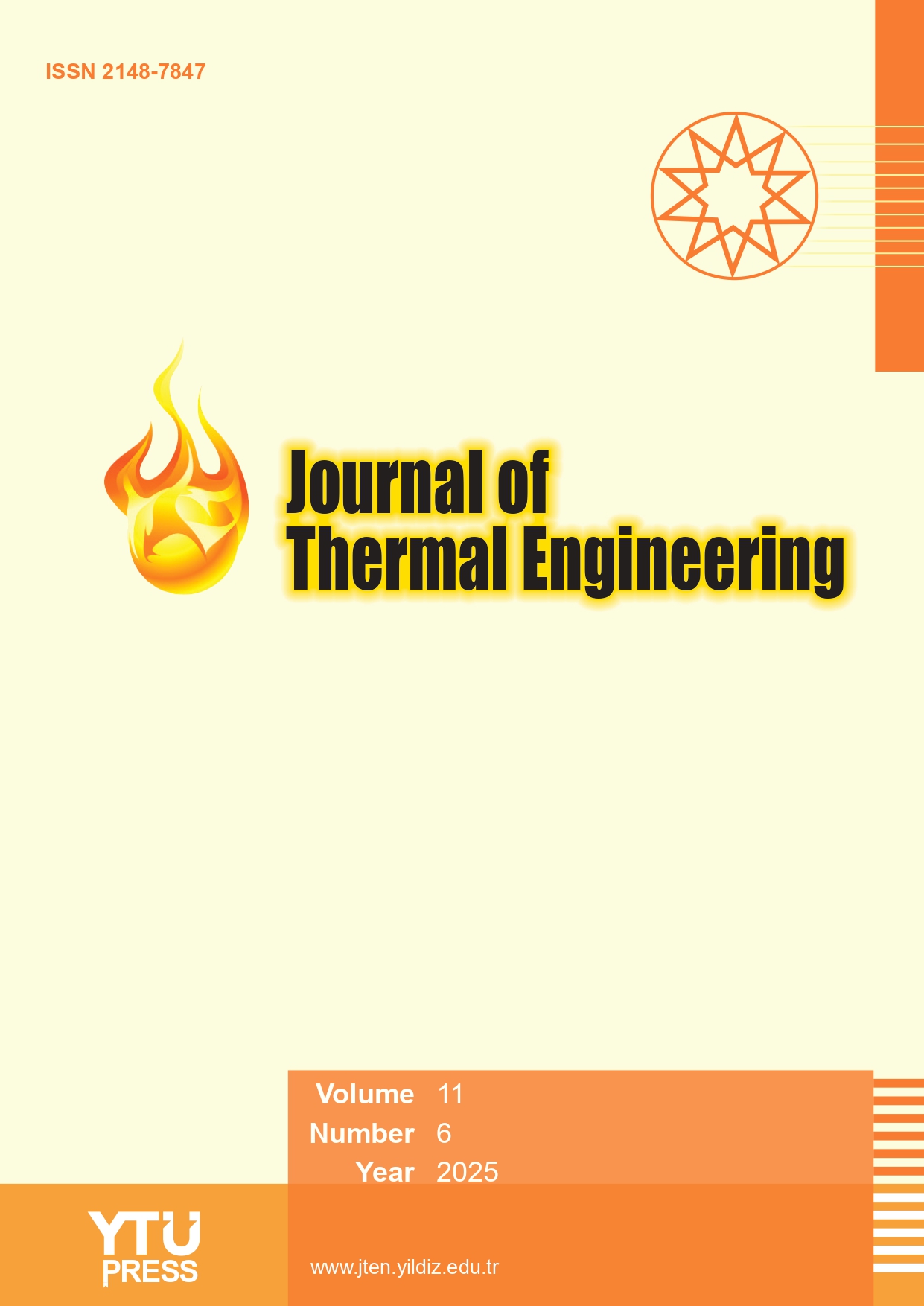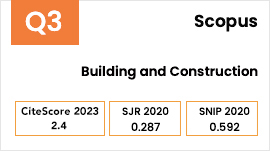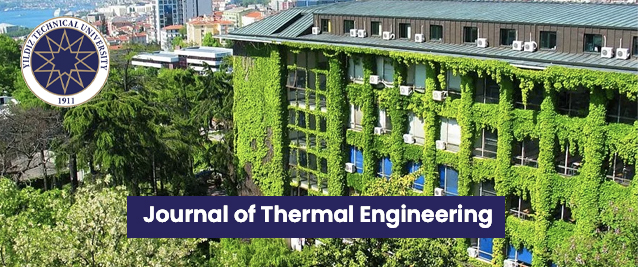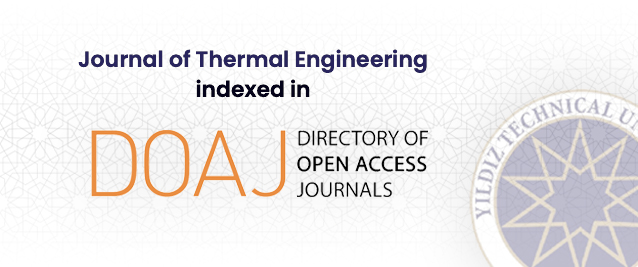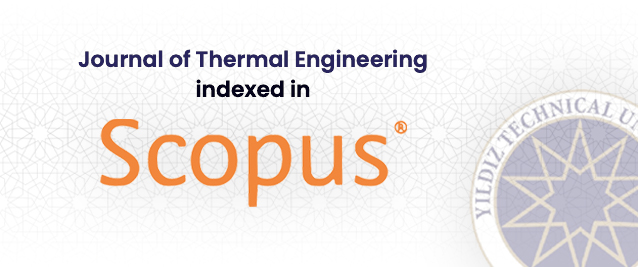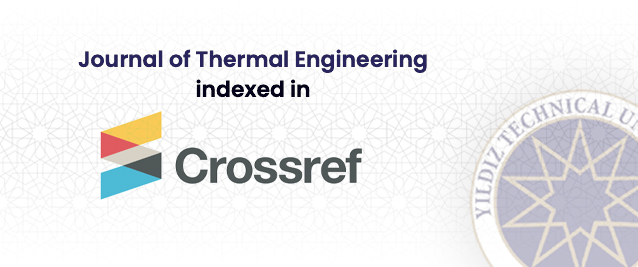2Department of Mechanical Engineering, JNTU College of Engineering, Kalikiri, Andhra Pradesh, 517234, India
Abstract
Response surface methodology is employed to optimize the operating variables (i.e., Reynolds number (150 ≤ Re ≤ 2500), Grashof number (103 to 106) and Richardson number (0.01 ≤ Ri ≤ 12) with different orientations (horizontal and vertical) blocks with mixed convection heat transfer is analysed. Initially, numerical investigations are carried out on a lid-driven cavity with different orientations by employing a laminar mixed convection phenomenon. Optimized results are considered for defining the new models to reduce computational time and effort. Obtained optimized results are validated with numerical results (Nusselt number) and found to be in good agreement. The present work analysis is carried out on a rectangular cavity with different geometries inserted horizontally and vertically by varying the distance (0.2 ≤ W/L ≤ 0.8). As the distance between the blocks varied, the Nusselt number was affected. Also, it is observed that with higher Ri and Re, an enhanced Nu number is observed with vertical compared to horizontal models. In the case of vertical model, maximum Nu is observed at a W/L distance of 0.5 and Ri of 0.043; however, in case of horizontal models at a W/L distance of 0.2 and Ri of 0.043. Ultimately, novel relationships between the Nu number with other dimensionless parameters (Gr, Re) with different orientations (W/L) have been established, with the intention of potentially using them in engineering design.


